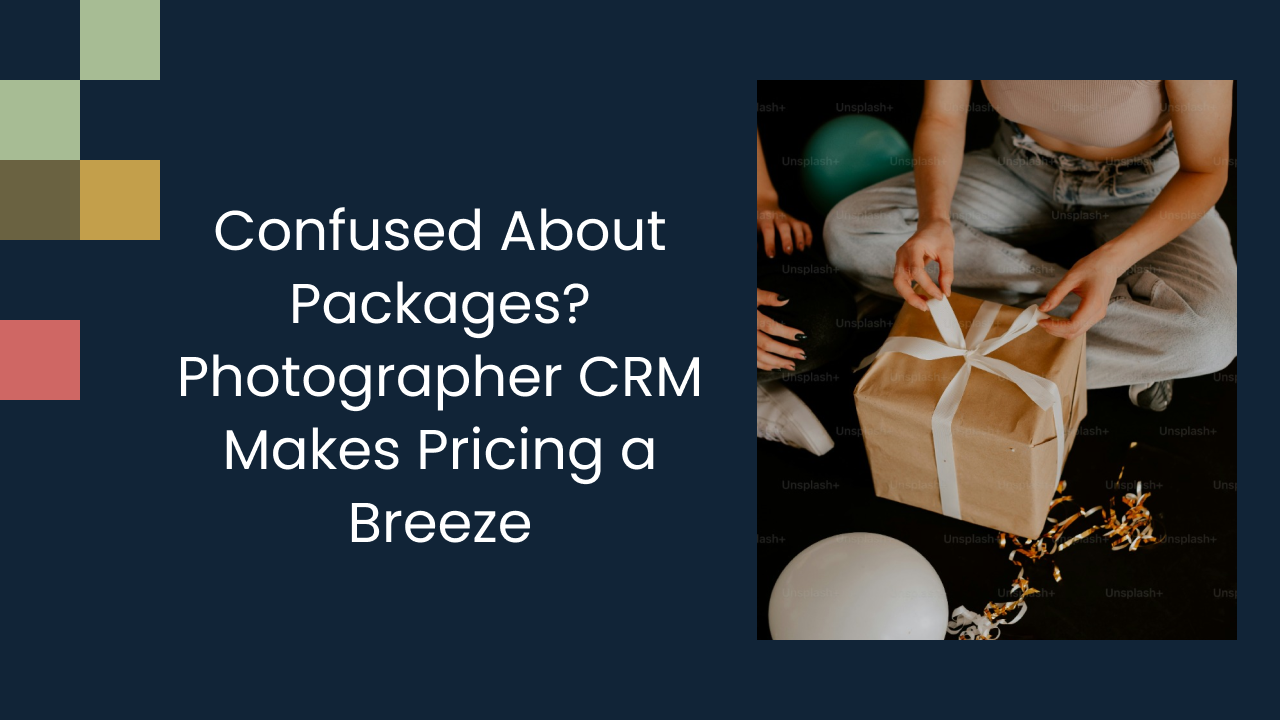Crafting a Winning Strategy: Essential Steps and a Comprehensive Photography Pricing Guide
- Understanding the Importance of a Winning Photography Business Plan
- Laying the Groundwork: Essential Steps to Crafting Your Strategy
- Developing Your Pricing Strategy with Photography Pricing Guide
- Implementing Your Winning Strategy
- A Comprehensive Photography Pricing Guide
- Conclusion
In the competitive world of photography, developing a well-crafted strategy is crucial for long-term success. A comprehensive plan not only helps you differentiate your services from competitors but also ensures your business remains profitable and sustainable. This guide will walk you through the essential steps to create a winning photography business strategy, with a particular focus on a detailed photography pricing guide to help you maximize your profits.
Understanding the Importance of a Winning Photography Business Plan
Before diving into the steps of crafting a winning strategy, it’s essential to understand why a strategy is so important for photography businesses. A well-defined strategy helps you set clear goals, identify your target market, and differentiate yourself from your competitors. This approach ensures that your photography business plan is aligned with both your short-term and long-term objectives.
The Role of Strategic Planning in Photography Business Success
Strategic planning lays the foundation for a successful photography business. It involves setting long-term objectives, analyzing the market and competition, and mapping out a plan to achieve your goals. By strategically planning your business, you can make informed decisions and adapt to industry changes effectively.
Key Elements of a Successful Photography Strategy
A successful photography strategy includes several critical elements, such as identifying your photography niche, defining your business goals, and conducting a competitive analysis. These components work together to create a comprehensive photography business plan that guides your efforts toward achieving success.

Laying the Groundwork: Essential Steps to Crafting Your Strategy
Before diving into the specifics of your photography strategy, it is important to establish a solid foundation. Here are three essential steps to lay the groundwork for your strategy:
Identifying Your Photography Niche
Identifying your photography niche is crucial for targeting your ideal clients and standing out in the market. Whether you specialize in wedding photography, portrait photography, or commercial shoots, narrowing your focus will help you attract clients who are specifically looking for your expertise.
Defining Your Business Goals
Your business goals act as the guiding force behind your photography business plan. Set SMART (Specific, Measurable, Achievable, Relevant, Time-bound) goals that align with your long-term vision. These goals will provide direction and help you measure the success of your strategy.
Conducting a Competitive Analysis
Analyzing your competition is essential for identifying gaps in the market and opportunities for differentiation. By understanding your competitors' strengths and weaknesses, you can craft a unique value proposition that appeals to your target audience.
Developing Your Pricing Strategy with Photography Pricing Guide
Pricing is a critical aspect of your photography strategy as it directly impacts your profitability and perceived value. Here are important factors to consider when setting your prices:
Factors to Consider When Setting Your Prices
Consider factors such as your experience level, overhead costs, equipment investments, and desired profit margins when determining your pricing structure. It’s crucial to balance remaining competitive in the market with ensuring profitability.
Common Pricing Models in Photography
There are several pricing models commonly used in photography, including hourly rates, package pricing, and a la carte pricing. Carefully consider which model aligns best with your photography business plan and target market.
Adjusting Your Pricing Strategy Over Time
As your business evolves, it may be necessary to adjust your pricing strategy. Regularly evaluate market trends, your competitors’ pricing, and the value you provide to clients to ensure your pricing remains competitive and profitable.

Implementing Your Winning Strategy
Once you’ve crafted your winning strategy, it’s crucial to effectively communicate it to your team and consistently monitor its effectiveness. Here are two essential steps for implementing your strategy:
Communicating Your Strategy to Your Team
Ensure that your team understands and embraces your strategy. Clearly communicate the goals, target market, and value proposition to every member of your team to ensure alignment and consistent execution.
Monitoring and Evaluating Your Strategy's Effectiveness
Regularly monitor and evaluate the effectiveness of your strategy. Set key performance indicators (KPIs) and track your progress toward your goals. Make adjustments as needed based on the data and feedback you gather.
A Comprehensive Photography Pricing Guide
Understanding how to price your photography services is crucial for maintaining profitability and attracting clients. Here is a comprehensive pricing guide to help you navigate this important aspect of your business:
Pricing for Different Types of Photography Services
Different types of photography services require different pricing structures. Wedding photography may have a different pricing model compared to commercial or portrait photography. Understand the specific requirements and market demand for each type of service to price accordingly.
Understanding Your Costs and Profit Margins
To set prices that ensure profitability, it’s essential to understand your costs and profit margins. Calculate both your direct costs, such as equipment and travel expenses, and indirect costs, such as marketing and administrative expenses. Aim for a profit margin that allows for growth and reinvestment in your business.
Tips for Negotiating Prices with Clients
Negotiating prices with clients can be a delicate process. Develop effective strategies for confidently communicating the value of your services and addressing client concerns. Be prepared to negotiate while maintaining a fair price that aligns with the scope of the project and your profitability goals.

Conclusion
By following these essential steps and leveraging the insights provided in this comprehensive guide, you will be well-equipped to craft a winning strategy and navigate the complexities of pricing in the photography industry. Remember, strategic planning and continuous evaluation are key to adapting to market changes, staying ahead of the competition, and ultimately achieving long-term success in your photography business.
Frequently asked questions
A photography business plan helps define your goals, target market, and strategy, ensuring that your business is profitable and sustainable.
This is a description, make it short and it will be perfect, let me answer the question for you. let’s think about what kind of question a normal customer would ask frequently and let’s list those questions here.
Common pricing models include hourly rates, package pricing, and a la carte pricing. Choose the one that best suits your business.
Confidently communicate the value of your services and be prepared to address client concerns while maintaining fair pricing.












